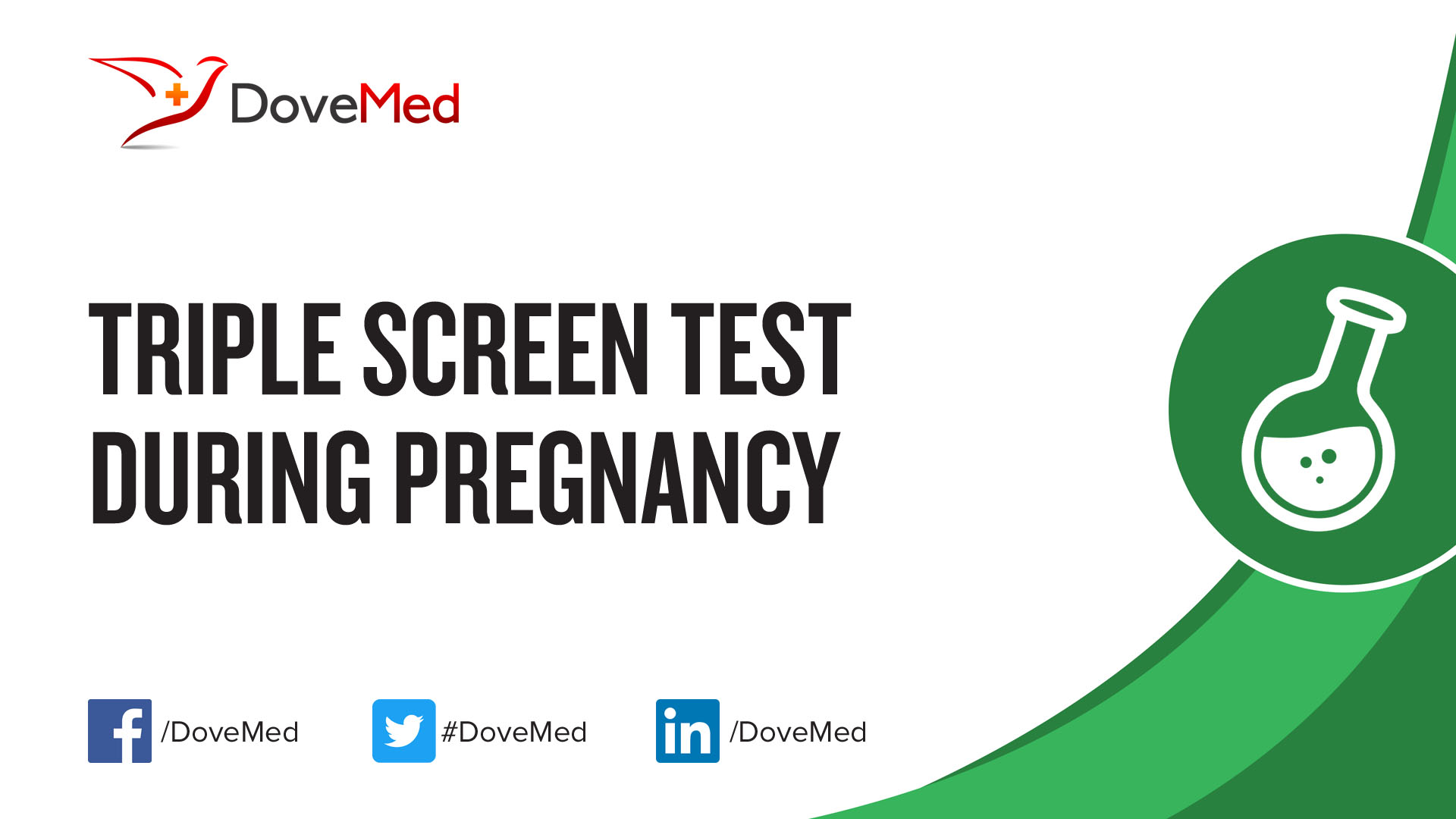
Pregnancy Triple Screen Test: A Comprehensive Guide
Introduction
Pregnancy is a transformative journey filled with both excitement and trepidation. As expectant mothers, it is imperative to undergo regular prenatal screenings to ensure the well-being of both the mother and the developing fetus. Among these screenings, the pregnancy triple screen test holds significant importance in assessing the risk of certain birth defects and chromosomal abnormalities. This article delves into the intricacies of the pregnancy triple screen test, providing a comprehensive understanding of its purpose, procedure, interpretation, and limitations.
What is the Pregnancy Triple Screen Test?
The pregnancy triple screen test is a prenatal screening test that measures the levels of three specific substances in the mother’s blood:
- Alpha-fetoprotein (AFP): A protein produced by the fetus that helps in the development of the brain and spinal cord.
- Human chorionic gonadotropin (hCG): A hormone produced by the placenta that supports the pregnancy.
- Estriol (E3): A hormone produced by the placenta and the fetus that indicates fetal well-being.
By analyzing the levels of these substances, the triple screen test can provide an estimate of the risk of the following birth defects and chromosomal abnormalities:
- Neural tube defects (NTDs): Conditions that affect the development of the brain and spinal cord, such as spina bifida and anencephaly.
- Down syndrome (Trisomy 21): A chromosomal abnormality that results in intellectual disability and physical characteristics.
- Edwards syndrome (Trisomy 18): A chromosomal abnormality that is often associated with severe birth defects and a high risk of miscarriage.
- Patau syndrome (Trisomy 13): A chromosomal abnormality that is characterized by severe birth defects and a high mortality rate.
Procedure
The pregnancy triple screen test is typically performed between 15 and 20 weeks of gestation. A blood sample is drawn from the mother’s arm and sent to a laboratory for analysis. The results are usually available within a few days.
Interpretation
The results of the triple screen test are reported as a risk assessment. A low risk indicates that the fetus is unlikely to have a birth defect or chromosomal abnormality. A high risk suggests that further testing may be necessary to confirm or rule out the presence of a problem.
It is important to note that the triple screen test is not diagnostic. A high-risk result does not necessarily mean that the fetus has a birth defect or chromosomal abnormality. Conversely, a low-risk result does not guarantee that the fetus is unaffected.
Limitations
The pregnancy triple screen test has several limitations:
- False positives: The test can sometimes indicate a high risk when the fetus is actually healthy. This can lead to unnecessary anxiety and further testing.
- False negatives: The test can also sometimes indicate a low risk when the fetus does have a birth defect or chromosomal abnormality. This can delay diagnosis and treatment.
- Not all birth defects and chromosomal abnormalities are detected: The triple screen test only screens for a limited number of conditions. Other birth defects and chromosomal abnormalities may not be detected.
- Racial and ethnic variations: The reference ranges for the triple screen test may vary depending on the mother’s race and ethnicity. This can affect the accuracy of the test.
Follow-Up Testing
If the triple screen test indicates a high risk, the doctor may recommend further testing to confirm or rule out the presence of a birth defect or chromosomal abnormality. These tests may include:
- Ultrasound: A non-invasive imaging test that can visualize the fetus and assess its anatomy.
- Amniocentesis: A procedure that involves removing a small amount of amniotic fluid from the uterus for genetic testing.
- Chorionic villus sampling (CVS): A procedure that involves removing a small sample of tissue from the placenta for genetic testing.
Conclusion
The pregnancy triple screen test is a valuable prenatal screening tool that can provide an estimate of the risk of certain birth defects and chromosomal abnormalities. However, it is important to understand the limitations of the test and to interpret the results in conjunction with other factors, such as the mother’s medical history and family history. By undergoing regular prenatal screenings, including the triple screen test, expectant mothers can take proactive steps to ensure the well-being of their unborn child.